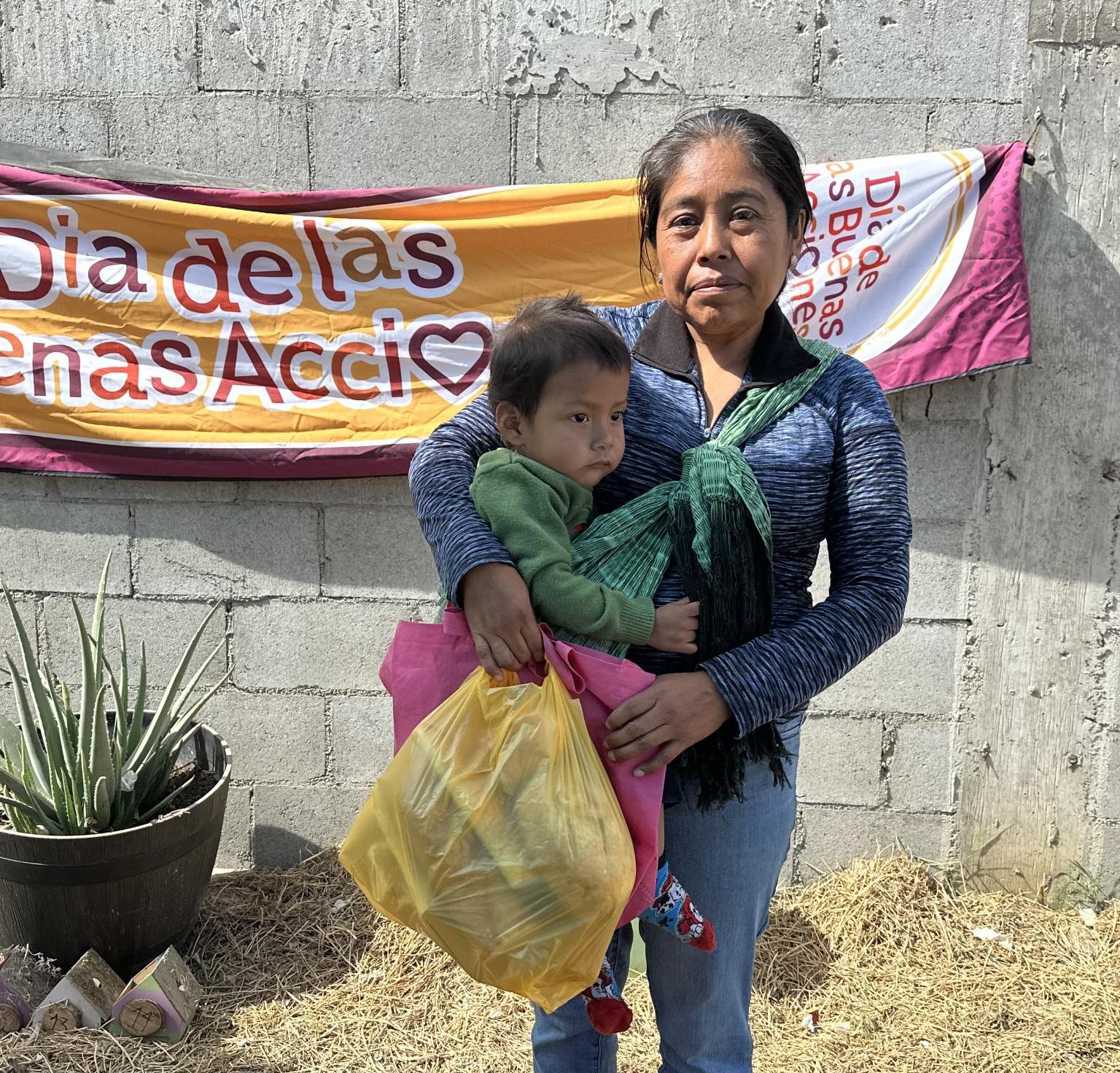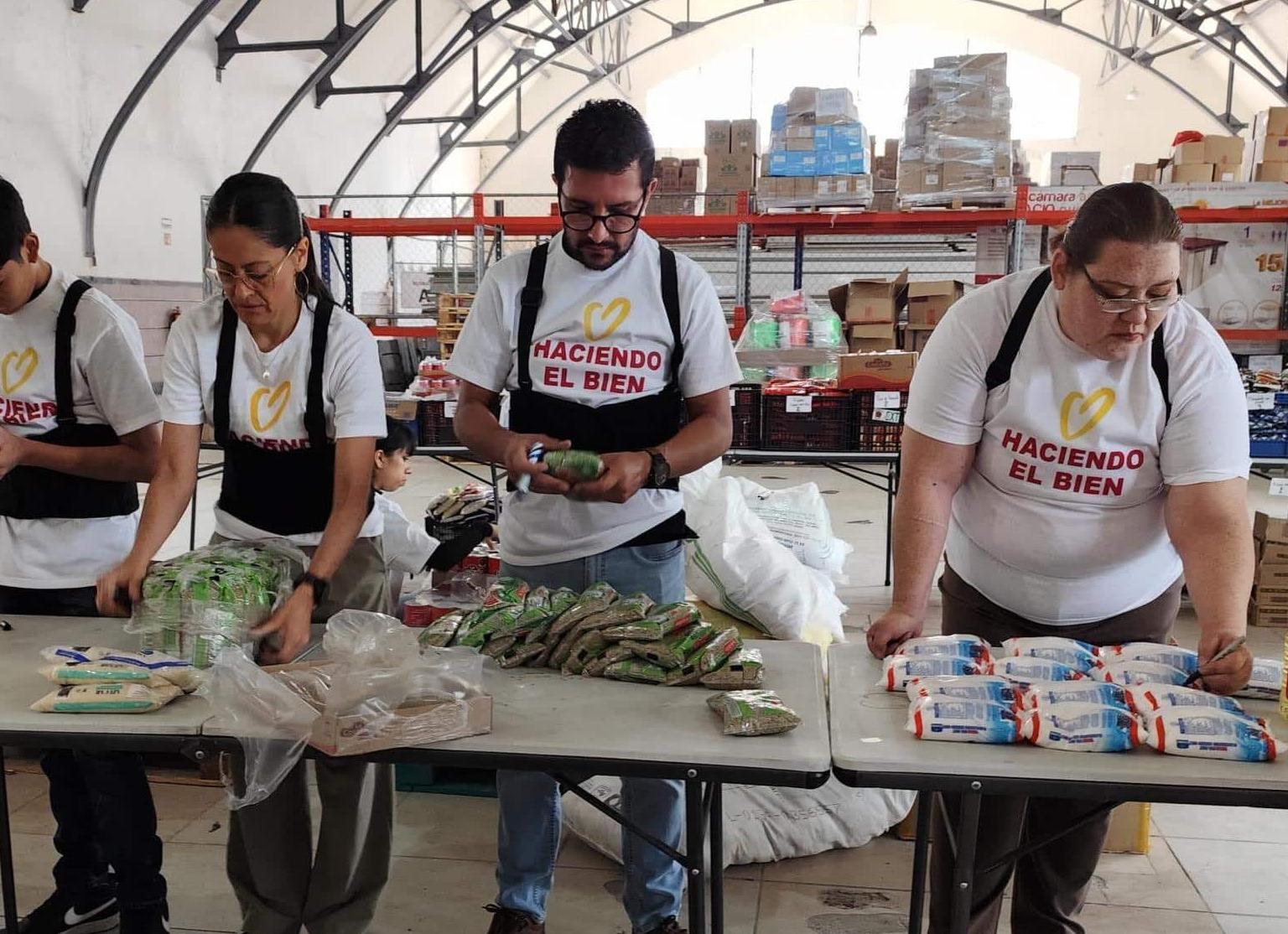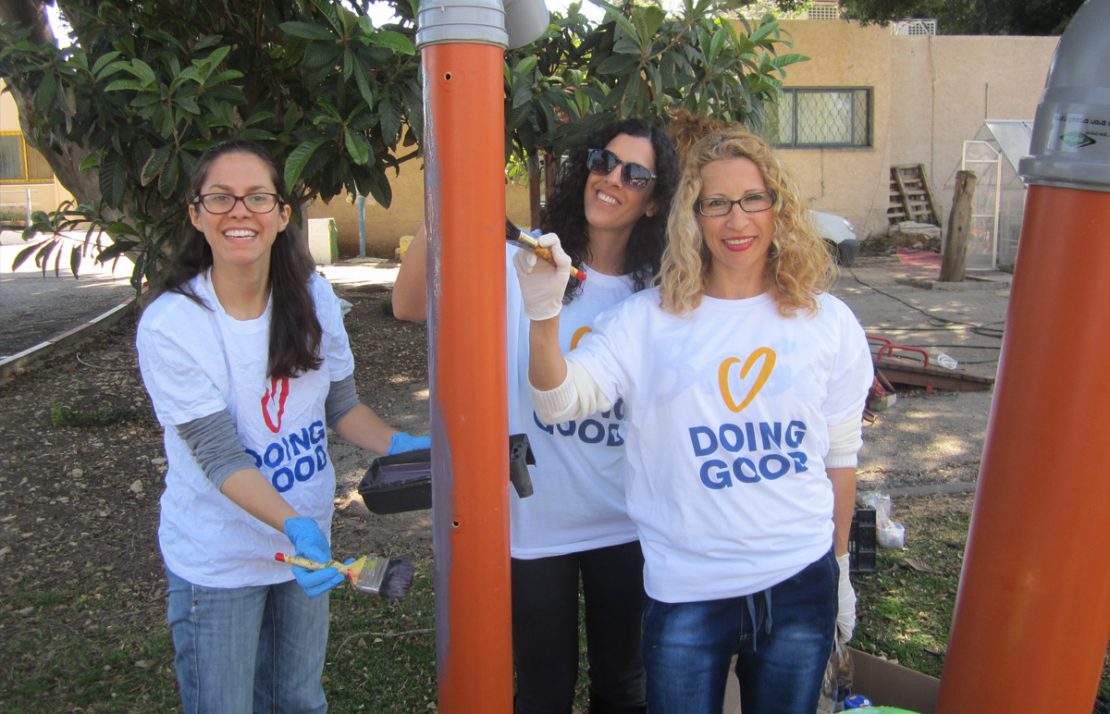
When it comes to philanthropy in Mexico, one question keeps coming up: why don’t more people donate?
Study after study shows the same result—while generosity exists, donation culture remains weak. People cite many reasons: limited resources, uncertainty about where or how to give, and most notably, a lack of trust in what will be done with their money. In short, transparency matters—and it may be the biggest barrier keeping potential donors from becoming real ones.
For Civil Society Organizations (CSOs), this is a crucial challenge. Many rely on the generosity of individuals, companies, and institutions to sustain their missions. But with growing public skepticism—especially after financial scandals in recent years—donors are demanding more accountability than ever.
That’s where transparency comes in, not just as a legal obligation, but as a powerful strategy to earn trust and drive donations.

Donor-Eligible vs. Non-Donor-Eligible Organizations: What’s the Difference?
In Mexico, CSOs fall into two broad categories:
-
Donor-eligible organizations (donatarias autorizadas) – These groups are officially recognized by the Tax Administration Service (SAT) and can issue tax-deductible receipts to donors. This status is hard-won and comes with strict compliance and reporting obligations.
-
Non-donor-eligible organizations – While they may still do meaningful work, these groups cannot issue tax-deductible receipts and aren’t legally required to report the use of donations, unless they voluntarily choose to.
Becoming a donor-eligible organization means navigating a maze of requirements—from annual income declarations and anti-money laundering reports to transparency filings with federal authorities. A single missed deadline or error can result in revoked status, financial penalties, and lasting reputational damage.
Transparency in Action: How to Build Donor Confidence
Whether required by law or adopted voluntarily, the following practices can help CSOs strengthen trust and attract support:
Share regular reports – Publish financial statements, impact reports, and audits on your website or in accessible channels
Use digital platforms – Engage donors via social media, apps, or email newsletters with updates and success stories
Adopt open information policies – Let stakeholders easily access data on fund usage and program results
Involve your supporters – Host briefings, send updates, and keep donors connected to your mission
These steps not only boost credibility, they’re often required by national and international grantmakers to qualify for funding or in-kind support.
Transparency = Long-Term Impact
In today’s landscape, transparency isn’t just ethical—it’s essential. It allows organizations to build lasting relationships with donors, secure sustainable funding, and deepen their impact.
So if you’re considering donating to a cause, take a moment to check their transparency status. A credible organization will have nothing to hide—and everything to gain from your trust.




